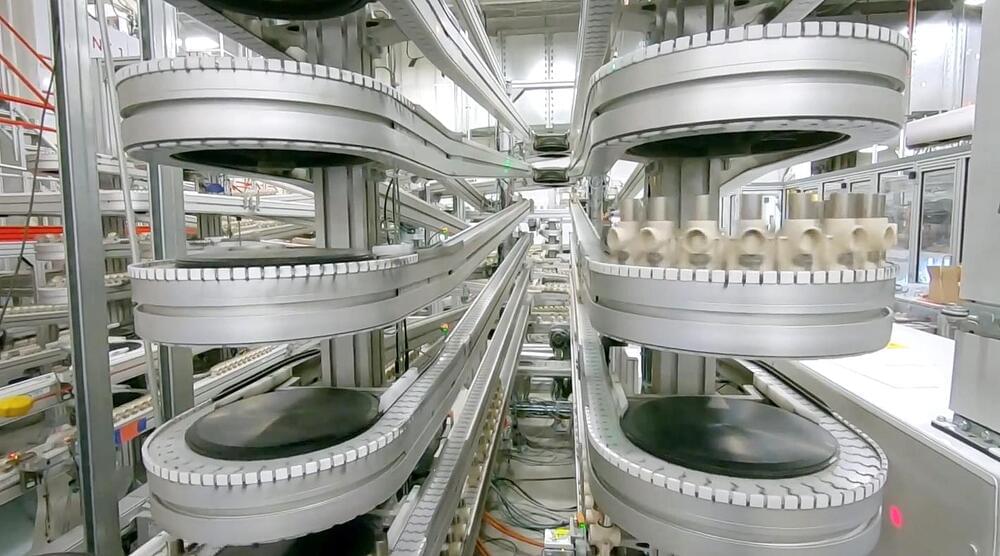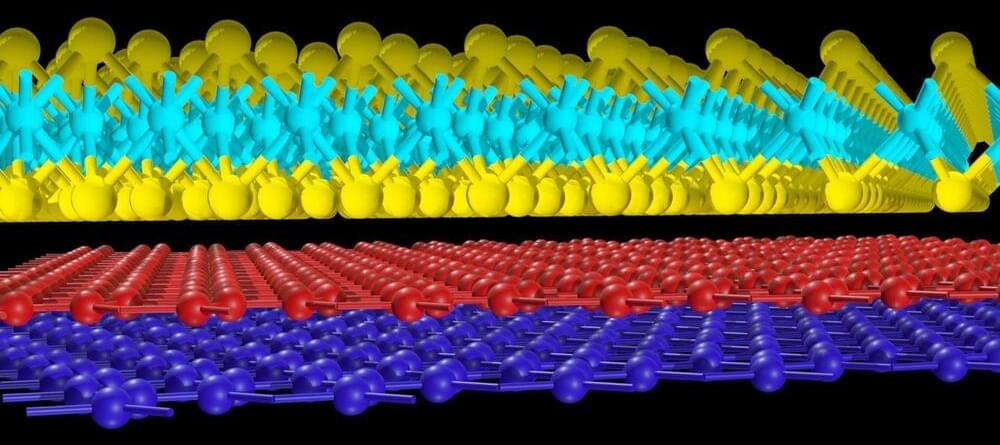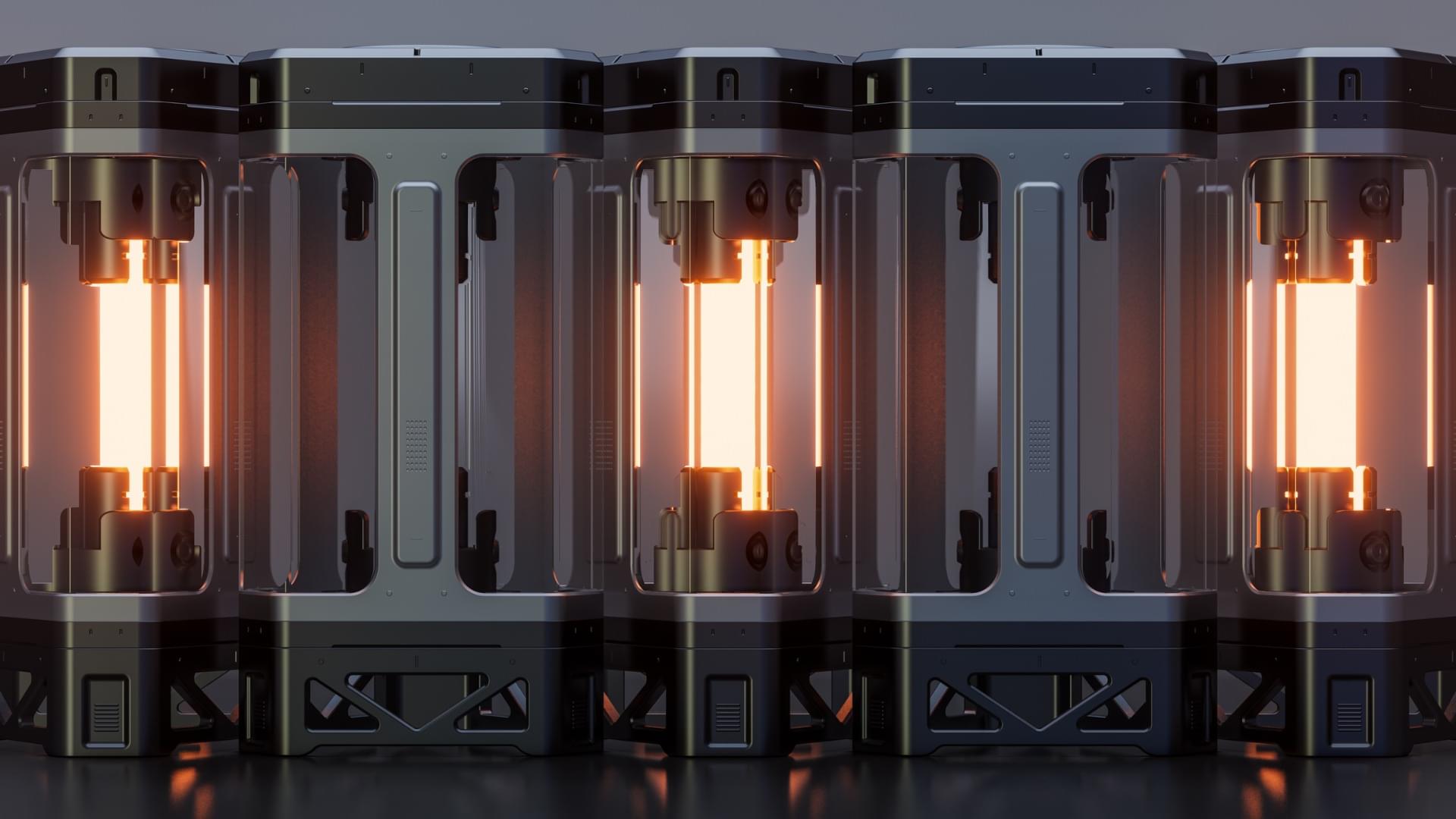A major milestone has just been reached in quantum computing.
Three separate teams around the world have passed the 99 percent accuracy threshold for silicon-based quantum computing, placing error-free quantum operations within tantalizing grasp.
In Australia, a team led by physicist Andrea Morello of the University of New South Wales achieved 99.95 percent accuracy with one-qubit operations, and 99.37 percent for two-qubit operations in a three-qubit system.





